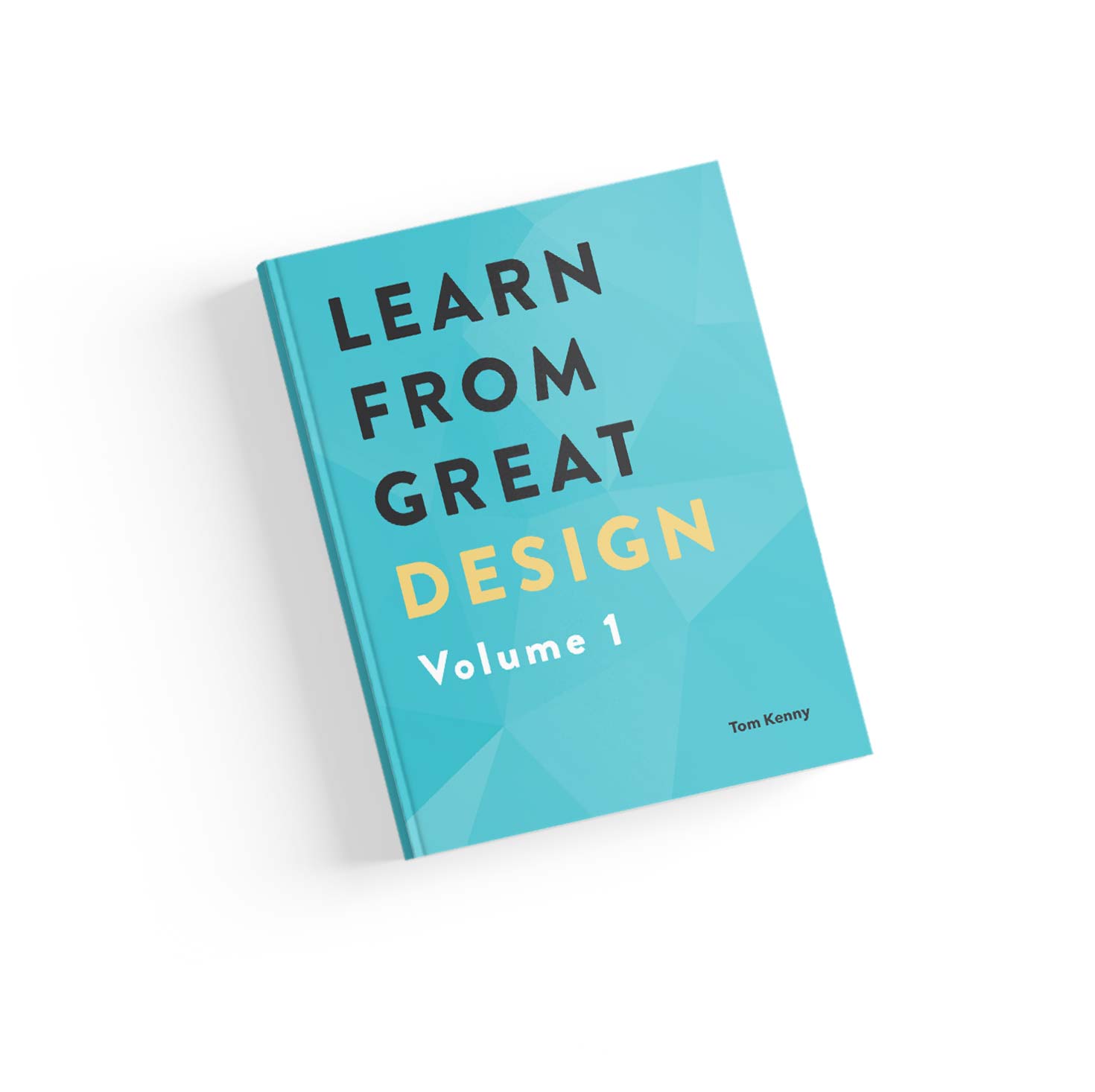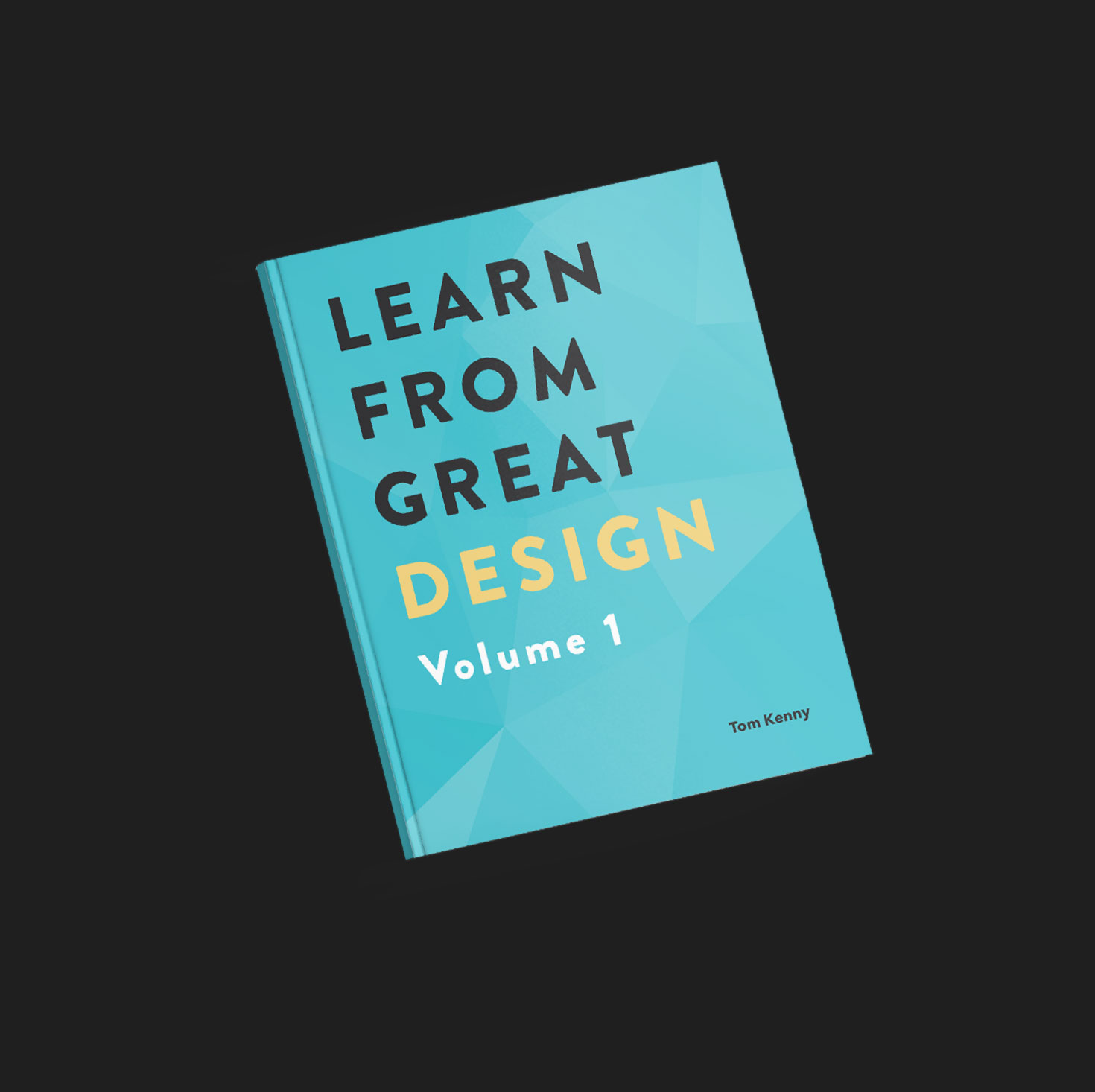Early on in my design career as a junior web designer, I had an interview for one of the largest travel companies in the world. As part of the interview process, I had to redesign the homepage of one of their many travel sites. I was only given an hour, so I made sure every decision I made aligned with the brief, even for elements they hadn’t even thought about.
As you can imagine, the design didn’t look too good as I only had an hour. It ended up looking more like a rough concept, but because I was able to explain every part of my work, I gained trust with the interviewers and landed the job. I always ask for feedback in job interviews (even if I get the job) and that was what convinced them I was the right designer for the role. It turned out to be the perfect job for that stage in my career so I was obviously delighted to get it.
Knowing the answer for every question they asked about my design, without any hesitation, helped demonstrate I knew what I was doing. I didn’t “um” or “er” at all. Making sure I could explain everything I did gave me extra confidence when talking to them which came across very well. Another positive aspect of the feedback they gave me.
Reducing Risk
There was more to the interview process than that of course but your actual work is a key area an employer or client cares about. The hiring process represents something of a risk to employers or clients as they’ve had to invest time into finding someone and money as a salary or for a specific project if you’re a freelancer. Then there’s the fact that if they hire someone and their design work isn’t good, there’s a chance they will waste months of their time and have to start the process all over again.
Ultimately, they want to know your work is going to help their company make money as well as help them achieve other goals. You need to demonstrate that through your design decisions. You build up trust when you can explain everything you do and that trust is what helps reduce the risk of hiring you.
Helping Others Make Better Decisions
Being able to clearly explain every design decision you make can increase your chance of receiving a great job offer but it can also help you once you’re in a job or with clients if you’re a freelancer.
When you’re working for someone else, there will be times where someone higher up will ask you to design something in a way you don’t agree with or request changes to a design you believe will make it worse. It’s inevitable. If you can adequately express why your idea is better, you have a chance of convincing them. Sometimes they will resist but you have to push back as Mike Monteiro explains:
Taking care of your clients doesn’t mean doing exactly what they want. Truly great design happens when the clients trust the experts and the experts stick to their guns.
Often times clients’ or bosses’ requests will be a personal preference. Unlike something like accounting, everyone has an opinion about design. As early in the process as possible, you need to explain how you make design decisions for the benefit of customers(and how that will help business) and reinforce that throughout the design phase.
If you don’t agree with something, question it. Ask how it will benefit customers. If you don’t get a sufficient answer, don’t be afraid to tell them. Then demonstrate how your idea will be in the interest of customers.
On the flip side, if you receive a request you don’t necessarily agree with but they present solid reasons and you can’t think of a better way, accept it and move on.
You will come across situations where business decisions come ahead of anything and sometimes there just isn’t anything you can do to persuade someone. If you truly know if a suggestion is a bad idea but you’ve done everything to convince them not to do it, it can be ok to simply let it happen and let it fail. For example, when an online retail company wanted to place Google text ads amongst the products they were selling, no amount of explaining could convince them it was a bad idea or at best a waste of time. We chose to let it happen and it failed as we expected. Upper management wanted to try and bring in more money, thinking Google ads would help but it barely generated anything at all and it cheapened the brand. They were swiftly removed, never to be seen again (the ads, not the management!).
Your Portfolio
Your portfolio is the perfect place to explain the design decisions you’ve made. Simply displaying a series of images without any explanation will only get you so far. Increase the trust in you as an expert by describing your design decisions.
Think about the following when you write a case study for your portfolio:
- What problems did you help solve?
- How did your design work help the client?
Explain the design decisions that led to the results you’ve delivered for your clients. For example, I explained my role in helping Sky Sports achieve 500,000+ extra views in one day in this case study. I actually could do a better job describing the actual design decisions leading to the result but I explained my role and the great result I helped achieve for the client. I know for a fact this helped lead to other work as another client mentioned it.
As there’s a certain amount of risk involved in hiring a new employee or freelancer, minimising that risk as much as possible is in your best interests. If you can prove you’re a very safe bet, you will be in a better position to not only land that great job or client but negotiate a better salary or rate too.``````


